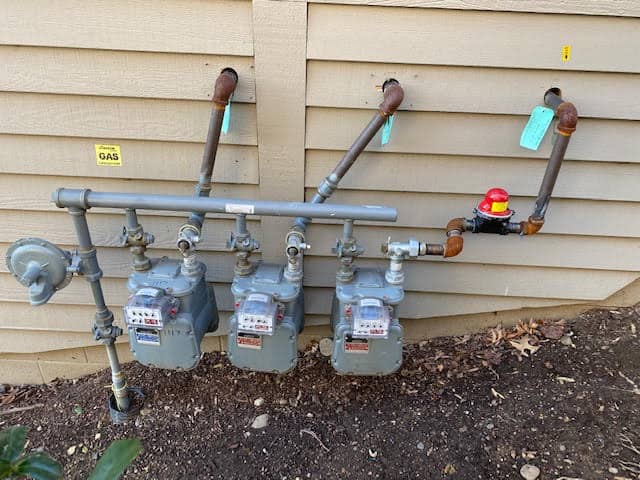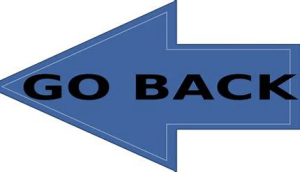RVM Preparedness Upgrades
by Bob Buddemeier
With the waning of the pandemic two preparedness programs in the Facilities Services Department are expected to pick up speed again.
Repair and adjustment of cottage garage door openers was begun after experience with the Almeda Fire evacuation showed that many garage doors were extremely difficult to open with the power off. Good progress was made initially, but the pandemic interfered with the availability of both parts and labor.
Drew Gilliland, Facility Services Director, said that the project is about 50% completed. Most of the South Village has been done, but the area around the lakes and the entire North Village is still awaiting parts. “We are looking into changing suppliers in hopes of getting better service,” Drew said, but added that in the worst case it might take another year for completion.
What should residents do? If your garage door has been serviced, make sure you can open it without electricity – that means disconnecting the drive chain, opening and closing the door manually, and reconnecting the chain. If you don’t know how to do that, enlist a friend or neighbor who does, contact your RPG Coordinator, or see the link below.
If your door has not yet been upgraded, we have published a work-around that can make opening the door possible, if not easy Go to https://thecomplement.info/2021/02/15/tips-tricks-hacks-hints-2/#garage
The other upgrade program in progress is installation of automatic earthquake shutoff valves in the gas lines to the cottages. Previously this was done when cottages were renovated between occupants, but Drew said that they have shifted over to doing batch replacements in groups of cottages to speed the process. Once the valve is installed, residents do not need to remember — and take the time — to shut off the gas line manually in case of an earthquake.

Red earthquake shut-off valve in gas line
How do you know? if your gas line looks like the one with the red dome in the picture, you have the earthquake shutoff installed. How do you find your gas line to check? Gas supply lines and meters are either on the outside of one end units of the cottage building, or in a separate outdoor closet next to the garbage closet of one of the units (for a triplex, usually the middle one. Meters are labeled with unit numbers.
Both projects make the cottage residents safer in an emergency, and demonstrate RVM’s commitment to preparedness.
To go to the issue contents page (“What’s New”) CLICK HERE



 As an example, truck drivers constitute the largest occupational group in twenty-nine of our fifty states. They are at risk of losing their jobs as a result of autonomous vehicle technology. Another example: surgeons are beginning to use robots to assist with delicate operations.
As an example, truck drivers constitute the largest occupational group in twenty-nine of our fifty states. They are at risk of losing their jobs as a result of autonomous vehicle technology. Another example: surgeons are beginning to use robots to assist with delicate operations. 